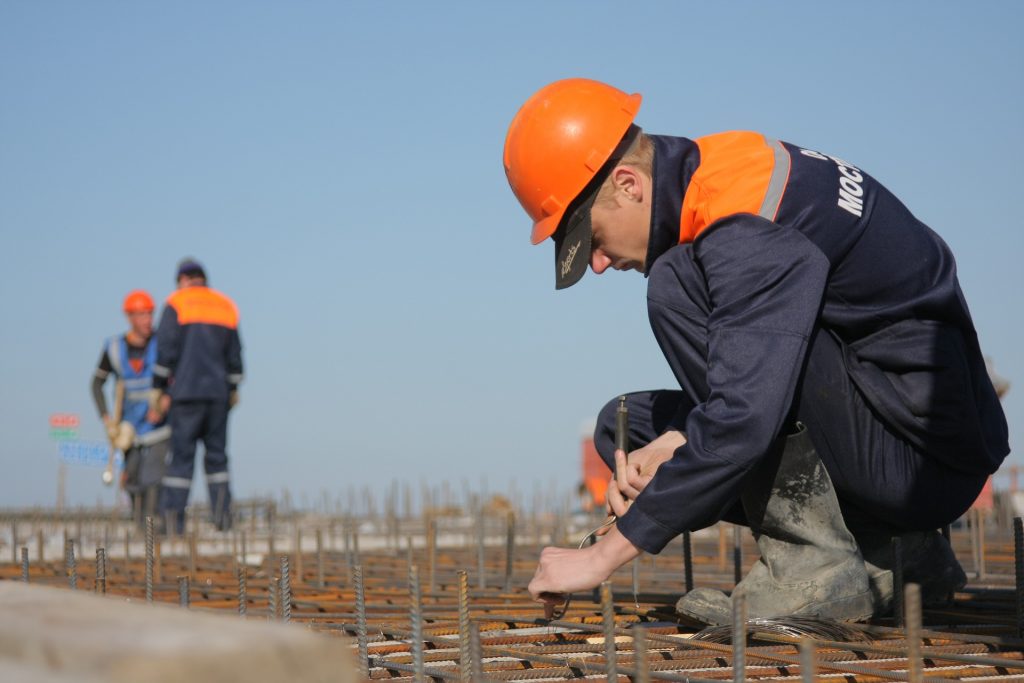It enters into force the new regulation on PPE (EU) 2016/425
In the next article we will explain how to affect the policy changes of the products, work in this case clothes, both manufacturers, as distributors and consumers in.
We will show you what is the entry into force of the new European regulation on PPE (Personal protective equipment) It will affect especially its manufacturing and marketing, correcting small deficiencies identified in these channels and always with the aim of benefiting the consumer.
Personal protective equipment is according to the new regulation "the equipment designed and manufactured to be taken place or held by a person for protection against one or more health risks or safety".
The entry into force of the regulation (EU) 2016/425 shall not apply to the 21 April of 2018 in all Member States. It is at this time when the above regulations will be repealed. However We will have to take into account several aspects:
- Up to the 21 April of 2019: until that date is may continue in the EPI market according to the repealed regulations.
- The the 21 April of 2023: It will be the date in which all certificates CE type which have not expired will lose its validity. I.e. If an EPI has been in market with old regulations before the 21 April of 2019, You can follow the market until April of 2023, never after.
The legislation aims to improve deficiencies and inconsistencies regarding the items as EPI, as well as harmonize the requirements of health and safety in all Member States.
There are three major innovations:
- Category I: It includes the minimum risks of superficial mechanical lesions; contact with materials of weak action cleaning or in contact with water; contact with hot surfaces that do not exceed 50 °; ocular injuries caused by sunlight (except during the observation of the Sun); weather conditions which are not of extreme nature.
- Category II: they are the risks that do not include categories I and III.
- Category III: understands the risks that can have serious consequences such as death or irreversible damage to health in connection with: substances and mixtures hazardous to health; lack of oxygen atmospheres; harmful biological agents; ionizing radiation; environments with high temperatures (more than 100 °); low temperatures (-50° or less); falls from height; electric shock and works in tension; drowning; cuts by hand-operated chain saws; high-pressure jets; bullet or stab wounds; and harmful noises.

